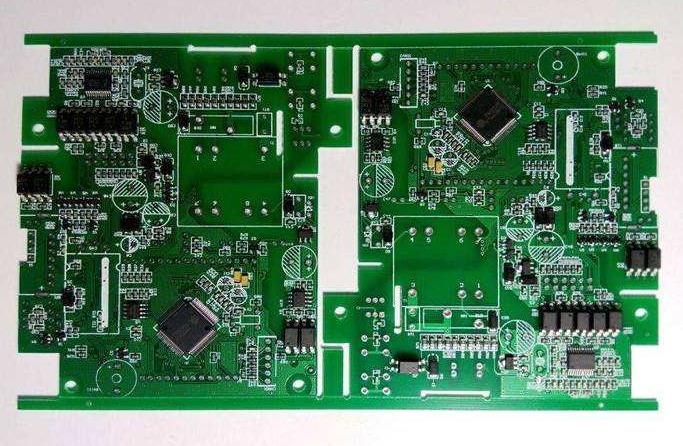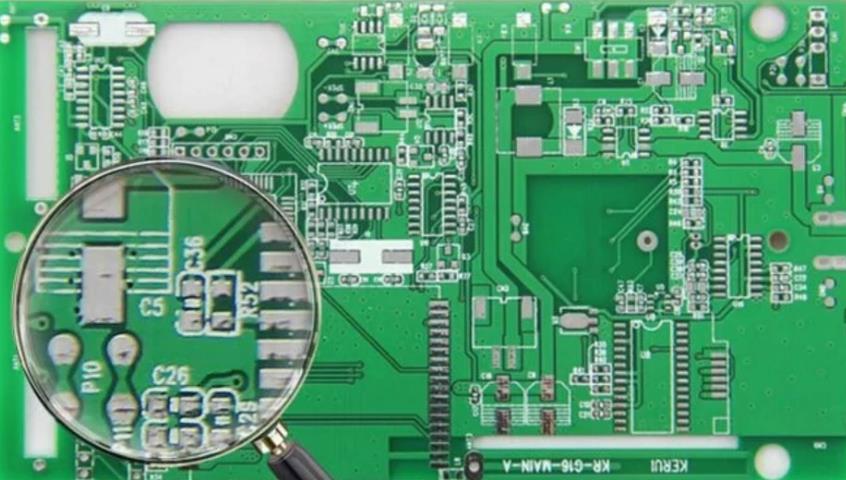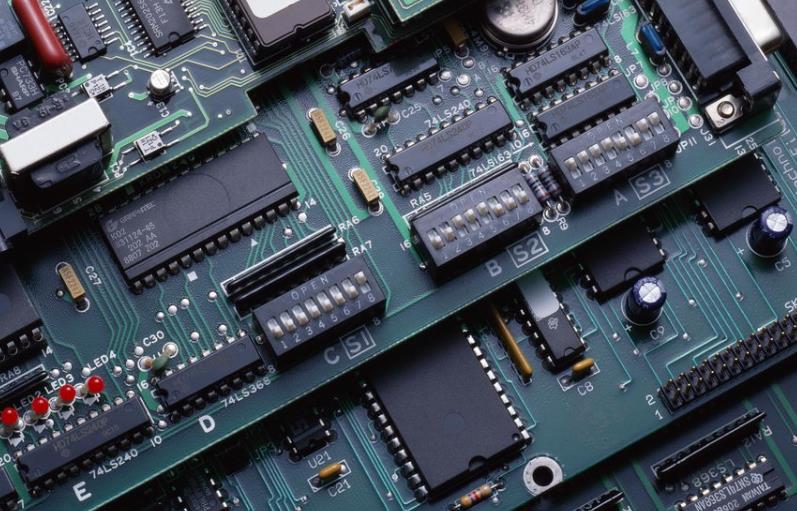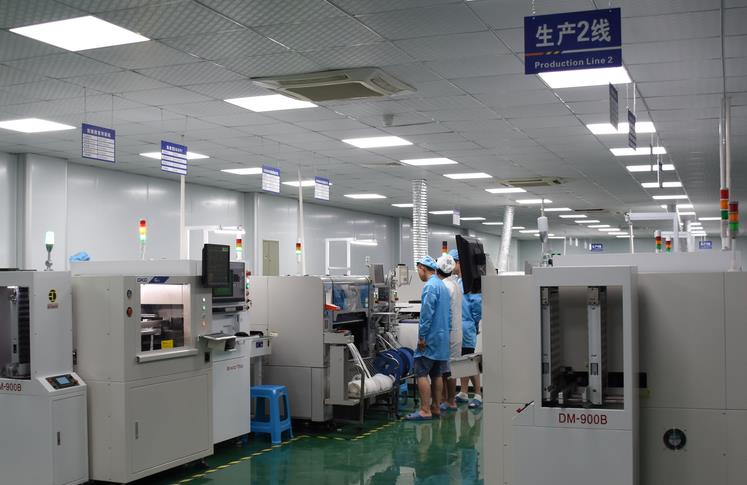How much does PCB assembly cost per component?
The assembly cost of PCB (Printed Circuit Board) is not simply calculated based on each component, but is determined by multiple factors together. The following are the main factors that affect the cost of PCB assembly and their explanations:
Material cost:
Substrate cost: Substrates are the foundation of PCBs, and their cost depends on the material (such as FR4) CEM-1、 Factors such as aluminum substrate, thickness, size, and quality. The price difference between substrates of different materials is significant, while high-quality substrates often have higher prices.
Copper foil cost: Copper foil is the main material that constitutes the conductive part of PCB, and its cost is affected by the thickness, purity, and market price fluctuations of copper foil.
Material costs for solder mask layer and character layer: These materials are used to protect circuits and identification information, and will also account for a certain proportion of costs in mass production.
Other auxiliary material costs, including pads, connectors, jumpers, etc., will have an impact on the total cost.

Processing cost:
Construction cost: including one-time expenses such as preparing tools, debugging equipment, and arranging production.
Drilling cost: During the PCB production process, it is necessary to drill holes on the substrate to connect circuits at different levels, and the number and accuracy of drilling holes will affect the cost.
Copper plating and etching costs: are key processes for forming conductive circuits on PCBs, involving chemical treatment and precision control, and are also an important part of cost accounting.
Solder resistance and character printing costs: Apply solder resistance layers and print identification information on the circuit board, and these steps also need to be included in the cost.
Appearance processing and cutting costs: Cut and trim the PCB according to design requirements to ensure that the size and shape meet the requirements.
Inspection and testing costs: including automatic optical inspection (AOI) and flying needle testing to ensure PCB quality meets standards.
Indirect costs:
Equipment depreciation cost: PCB production equipment is expensive and will incur depreciation costs over time.
Labor costs: including wages and benefits for operators, quality inspectors, equipment maintenance personnel, etc.
Management expenses: Indirect costs incurred in production planning, material management, quality control, etc.
R&D expenses: The expenses incurred for PCB design, optimization, and testing activities tailored to specific needs.
Other considerations:
Batch size: Large batch production usually reduces unit costs, while small batch production has relatively higher costs.
Yield control: The defective rate generated during the production process will directly affect costs, and high yield means lower costs.
Outsourcing and self-made selection: Depending on the actual situation of the enterprise, outsourcing some or all of the processes may be more economical.
Geographical location: Labor costs, rent, and tax rates vary in different regions, and these factors can also affect the final cost of PCBs.
Due to the existence of the above factors, it is difficult to calculate the cost of PCB assembly simply based on each component. To obtain accurate cost information, it is recommended to consult and quote in detail with professional PCB manufacturers. These manufacturers can provide you with accurate quotations based on specific design requirements, production scale, and material selection factors.
Tags: PCB /PCB_assembly /
Prev: What are the requirements for IC mounting in SMT?
Next: Why prioritize Chinese PCB assembly manufacturer for outsourcing processing?








